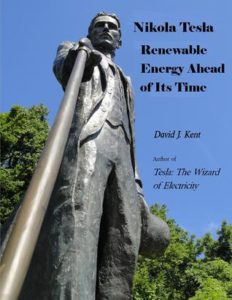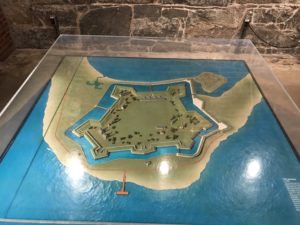 Named after our nation’s fifth president, Fort Monroe is, or at least was, one of the premier defenses of the Chesapeake Bay and Hampton Roads. Not far from here was the famous Battle of the Ironclads. On a recent visit I was able to tour the Fort Monroe National Monument, and in particular, the Casemate Museum, which contains an elaborate trail through time.
Named after our nation’s fifth president, Fort Monroe is, or at least was, one of the premier defenses of the Chesapeake Bay and Hampton Roads. Not far from here was the famous Battle of the Ironclads. On a recent visit I was able to tour the Fort Monroe National Monument, and in particular, the Casemate Museum, which contains an elaborate trail through time.
A casemate is a fortified, often armored, gun emplacement. From the exterior it looks like a wall or mound of dirt. Inside is where all the big cannons lived and fired upon attacking forces, whether land or sea. The Casemate Museum takes up a larger than expected section of the structure. Beginning with some history (fortifications on the location go back to the 1600s), the museum surprises you because it seems to go on forever as it winds within the casemate walls.
Displays range from informative signs and poster to full size cannons and wax figures. Here you’ll see the cell that Confederate President Jefferson Davis was held for two years after the end of the Civil War. [Outside you’ll find “Jefferson Davis Memorial Park,” which spans a section of the top of the fort.] There is also information on the history of slavery and its role in the Civil War. If you look closely, you might find a young Edgar Allan Poe writing “The Raven” during his tour of duty at the Fort. As you gaze offshore – beyond the moat that circumscribes the fort – you can picture the raging battle of the ironclads USS Monitor and CSS Virginia (ex-USS Merrimack). Inside the casemate are models of the two vessels.
The displays are impressive and don’t stop with the Civil War. The fort was in use until it was decommissioned in 2011, so there are figures and displays through modern times.
I had stopped at Fort Monroe before heading to the Monitor Center at the Mariners’ Museum in Newport News, where I was to attend the “Battle of Hampton Roads Weekend” on the anniversary of the famous ironclad match up. I’ll have more on that shortly.
David J. Kent is an avid science traveler and the author of Lincoln: The Man Who Saved America, in Barnes and Noble stores now. His previous books include Tesla: The Wizard of Electricity (2013) and Edison: The Inventor of the Modern World (2016) and two e-books: Nikola Tesla: Renewable Energy Ahead of Its Time and Abraham Lincoln and Nikola Tesla: Connected by Fate.
Check out my Goodreads author page. While you’re at it, “Like” my Facebook author page for more updates!



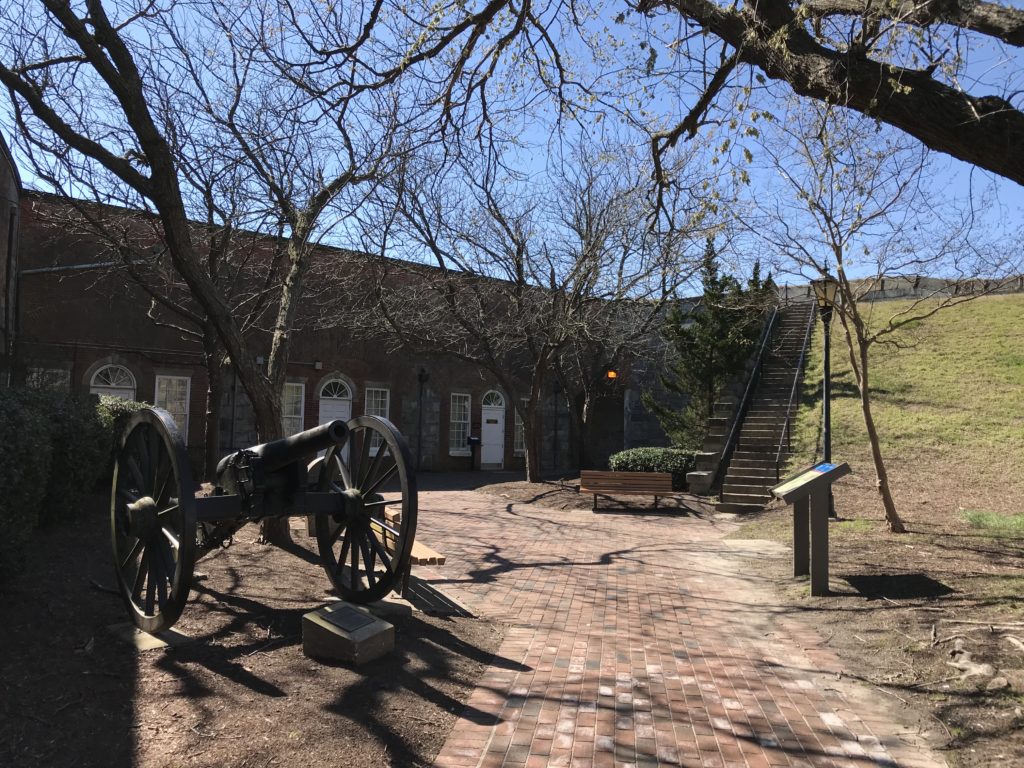



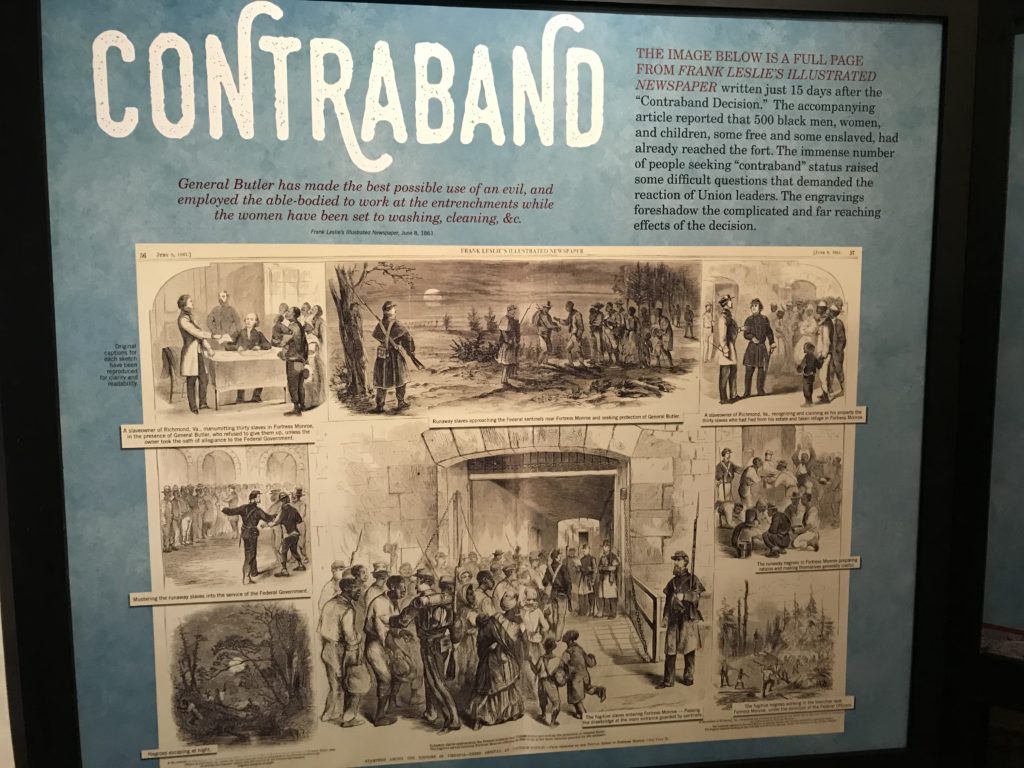
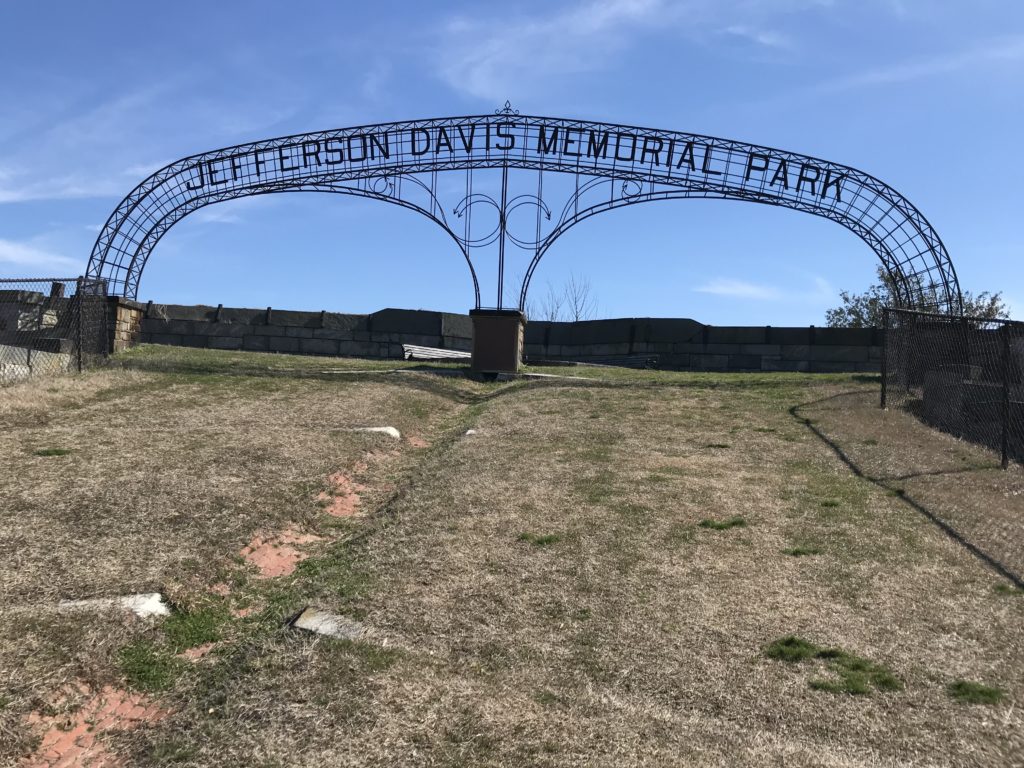

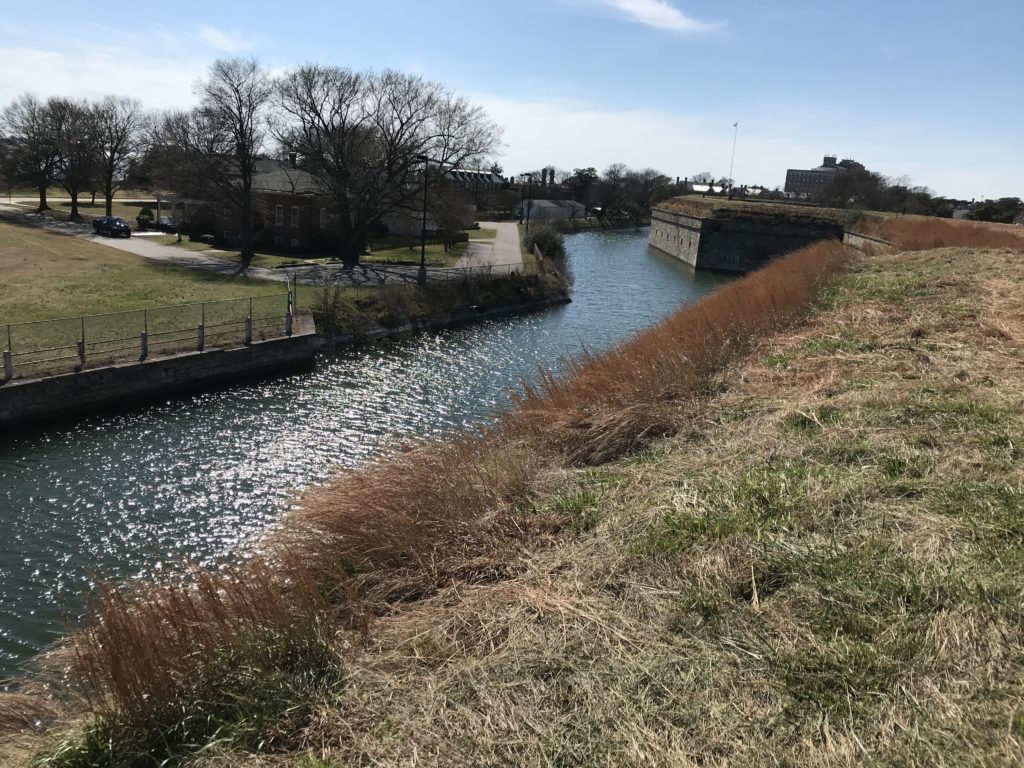
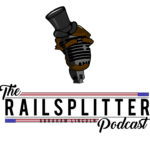 The
The 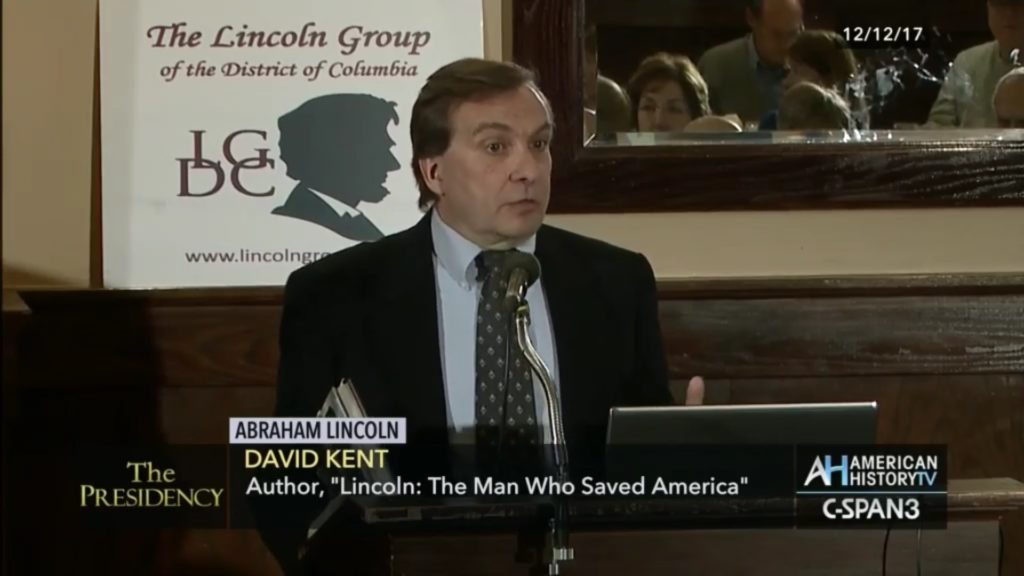
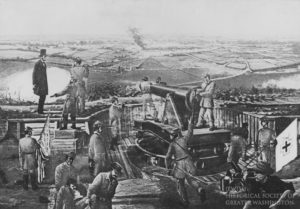 In the summer of 1864 Lincoln was becoming increasingly desperate to finish the war. He authorized Grant to engage in destructive warfare, targeting and destroying plantations, railroads, bridges, crops, and anything that the Confederacy needed to sustain its troops. In the latter part of 1864, General Philip Sheridan burned fields and plantations in Virginia’s Shenandoah Valley, while Sherman did the same in his March to the Sea through Georgia. Union forces left no possibility that Confederate forces could resupply soldiers along the way.
In the summer of 1864 Lincoln was becoming increasingly desperate to finish the war. He authorized Grant to engage in destructive warfare, targeting and destroying plantations, railroads, bridges, crops, and anything that the Confederacy needed to sustain its troops. In the latter part of 1864, General Philip Sheridan burned fields and plantations in Virginia’s Shenandoah Valley, while Sherman did the same in his March to the Sea through Georgia. Union forces left no possibility that Confederate forces could resupply soldiers along the way.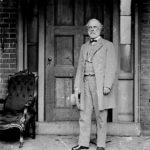 Meanwhile, Lincoln was coming under fire, literally. Robert E. Lee sent Confederate General Jubal Early to race up the Shenandoah Valley, invade Maryland,
Meanwhile, Lincoln was coming under fire, literally. Robert E. Lee sent Confederate General Jubal Early to race up the Shenandoah Valley, invade Maryland, 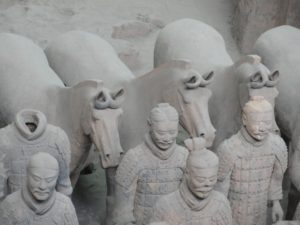 A few years ago I visited the famed terra cotta warriors in their home – Xi’an, China. Located a little more than half way between Beijing and Chengdu, Xi’an sits among the mountains of central China.
A few years ago I visited the famed terra cotta warriors in their home – Xi’an, China. Located a little more than half way between Beijing and Chengdu, Xi’an sits among the mountains of central China.